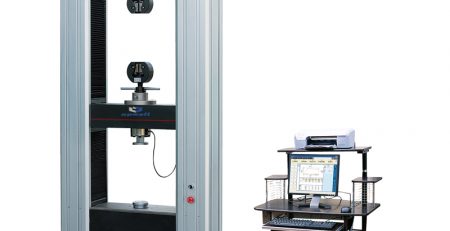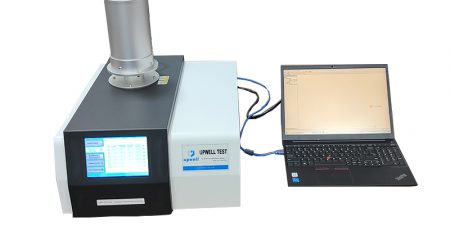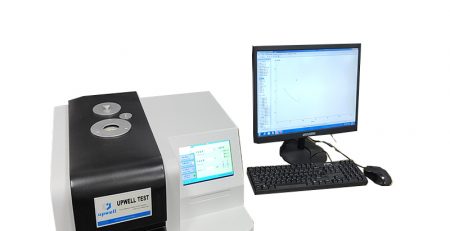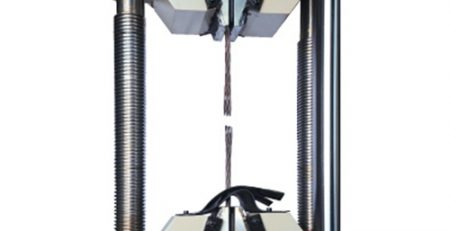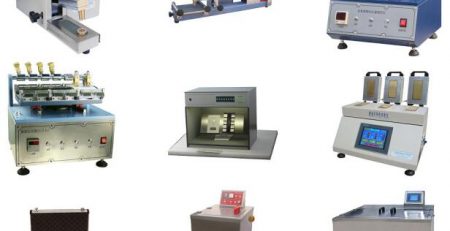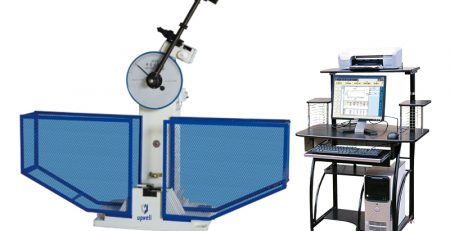Melt Flow Rate Meter (MFR) for resins, which is used to test natural, compounded and treated thermoplastics. In theory, if done properly, the two methods should produce the same test results. But with such important data, why are your measurements different from others?
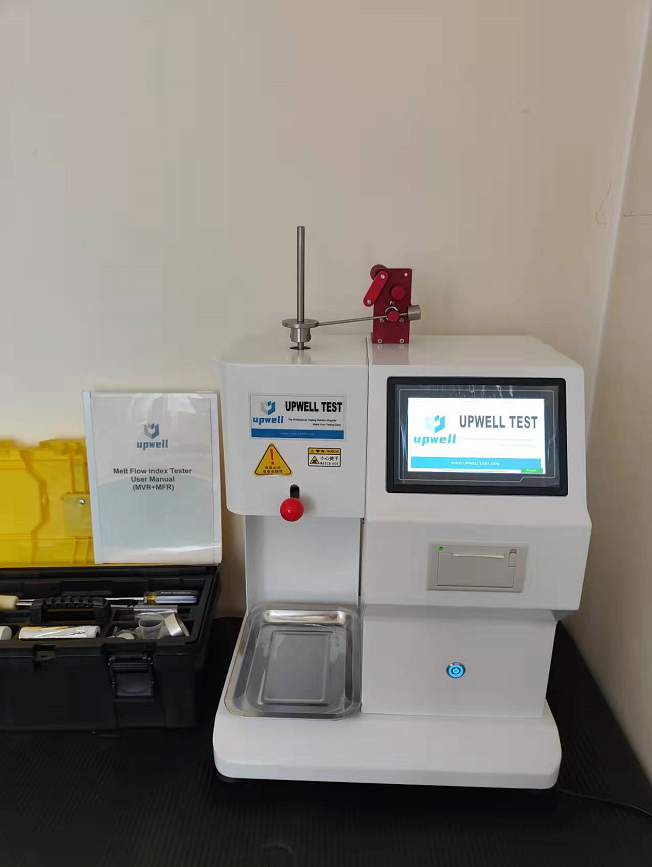
Melt Flow Index Tester(MFR)
Three factors that affect testing
1. Standard reference materials and proficiency test
Some laboratories use Standard Reference Materials (SRM) to cross-validate the results of melt flow rate tests, and others have their own reference materials that they use for internal quality control. These practices are useful because they can point out what went wrong. By understanding and following each test procedure, maintaining test equipment, and following complete good test practices, users can improve test accuracy and prevent bugs and mistakes.
2. Equipment problems affecting test results
To ensure good test results, it is important to verify the tester (and auxiliary equipment such as balances and micrometers) with equipment that is traceable to national metrology standards. Annual calibration is a common practice in the industry, but the user must regularly check the key components of the test equipment, especially the consumable parts, and the user should replace the relevant parts as needed. Before running any test, visually inspect all components of the tester. The components of the tester must be cleaned after each test. Residues from previous tests must be completely removed and not left on metal surfaces that the test may have come into contact with. Clean metal surfaces with a cotton cloth and/or with a copper brush. Solvents are generally not necessary or recommended.
3. Procedural Issues Affecting Test Results
Precision and accuracy are also affected by procedural factors. Depending on the material, test conditions such as test temperature and test load will vary. Some materials require multiple test conditions. It is important to conduct comparative experiments using the same test conditions. Test conditions for most materials are listed in ASTM D1238 Table 3. Often resin suppliers will publish their test conditions along with reporting the test values.
For some materials (such as ABS plastic, polymethyl methacrylate PMMA, polyethylene terephthalate plastic PET, nylon, etc.), the moisture content of the material can be a significant variable. Before testing, the user will oven dry the resin in a controlled environment, with some materials requiring a dry nitrogen flush. Variations in sample quality and sample filling techniques may affect test results for some materials.
Any interested please contact us www.upwelltest.com or email us info@upwelltest.com

